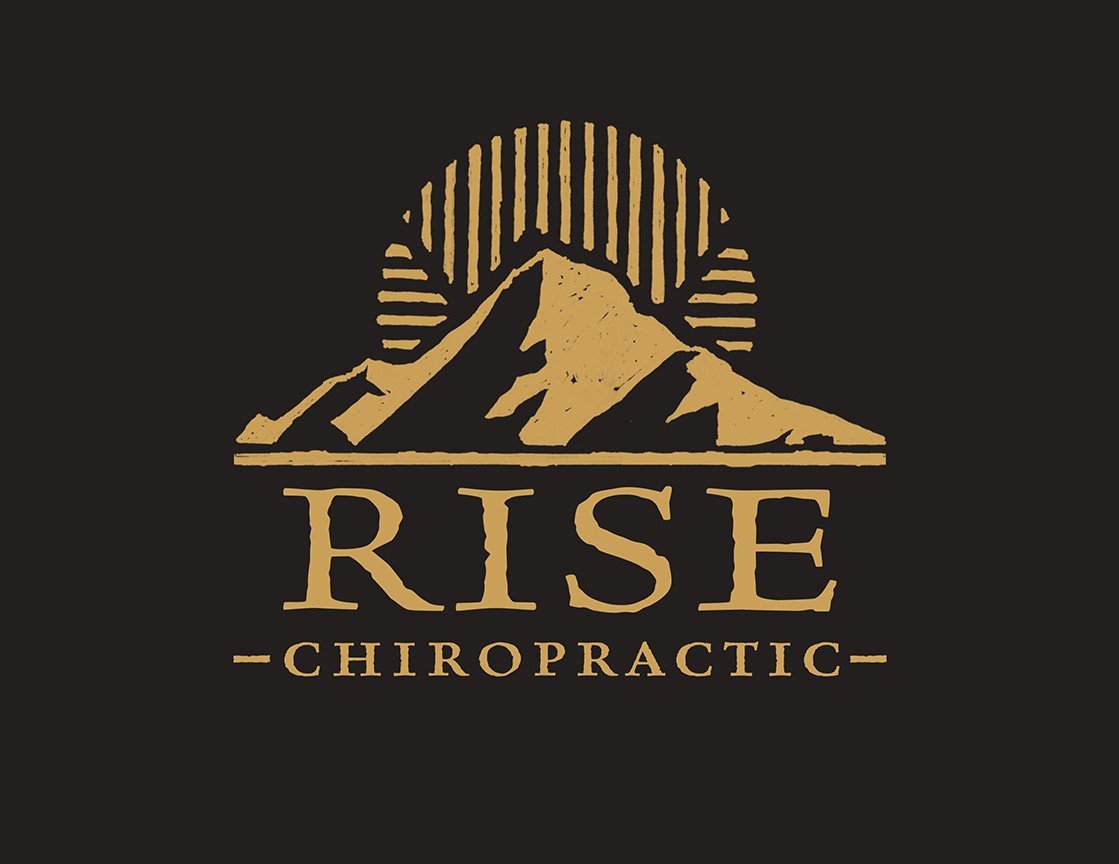Webster Technique: Supporting Pregnant Moms with Gentle Chiropractic Care
Pregnancy is one of the most transformative stages of life—physically, emotionally, and biomechanically. As the body adapts to a growing baby, many women experience new aches, shifts in posture, and changes in how their joints move. Chiropractic care—especially the Webster Technique—offers a gentle, research-supported way to help keep the body aligned, balanced, and functioning well throughout this journey.
How Pregnancy Affects the Spine and Pelvis
During pregnancy, mom’s body must handle the structural demands of a growing belly, and the physiological demands of creating a tiny human. So her spine and nervous system are working overtime. By the second trimester, hormonal changes like the release of relaxin begin softening ligaments to prepare the body for childbirth. This is important—but it also means the joints of the pelvis can become less stable and more vulnerable to misalignment.
According to a systematic review of the literature, low back pain affects 50–80% of pregnant women (Stuber & Smith, 2008). Furthermore, Stapleton et al. found that 68% continue to have low back pain after pregnancy.
When pelvic alignment is off, the surrounding muscles, ligaments, and nerves may become strained. This can cause pain, and affect overall pelvic balance and function.
Why Pelvic Balance Matters
Your pelvis is the foundation of your pregnancy. It houses and supports:
Your uterus, and the baby inside
Major blood vessels
Key ligaments
The birth canal
According to ICPA clinical analysis, sacral misalignment may contribute to what they call the “three causes of dystocia” (Ohm & Alcantara, 2012):
Inefficient uterine function
Pelvic imbalance or contraction
Fetal malposition due to maternal imbalance
*Note: Dystocia refers to difficult childbirth
This is where chiropractic care, and specifically the Webster Technique, comes in.
What Is the Webster Technique?
The Webster Technique is a specific chiropractic analysis and gentle adjustment focused on the sacrum and the surrounding pelvic structures. According to the International Chiropractic Pediatric Association (ICPA), it is defined as:
“A specific chiropractic analysis and diversified adjustment that reduces the effects of sacral and SI joint subluxation, improving neuro-biomechanical function in the pelvis.” (Ohm & Alcantara, 2012)
In practical terms, this means:
Assessing the sacrum for misalignment
Applying a precise adjustment to restore motion
Releasing tension in the associated soft tissues, including the round ligament
Supporting balance in the pelvis as a whole
Contrary to common misconception, the Webster Technique is NOT a “breech-turning technique” and is not used to treat fetal malposition. Instead, it focuses entirely on the mother's pelvic alignment, nerve function, and overall biomechanics—which may indirectly support optimal fetal positioning as a natural result of improved maternal function.
What the Research Says
Chiropractic care helps reduce pregnancy-related low back pain
A 2008 systematic review found that every included study reported positive outcomes for pregnancy-related low back pain following chiropractic treatment (Stuber & Smith, 2008). While the quality of evidence was moderate to low due to limited study designs, the trend was consistent:
Pregnant women receiving chiropractic care experienced significantly less pain and improved function.
The Webster Technique improves quality of life
A large practice-based research network (PBRN) study of 343 pregnant patients receiving chiropractic care—including the Webster Technique—found meaningful improvements in:
Pain levels
Fatigue
Sleep disturbance
Pain interference with daily life
Ability to participate in social roles
Patients also reported high visit-specific satisfaction, with scores improving significantly during care (Alcantara et al., 2018).
This suggests that chiropractic care during pregnancy positively influences not just pain, but the overall pregnancy experience.
Final Thoughts
Pregnancy is a beautiful transformation—and your body deserves the best support along the way. The Webster Technique offers a research-informed, thoughtful approach to keeping expecting mothers comfortable, balanced, and functioning well throughout all three trimesters. So if you’re looking for a natural way to support your pregnancy, chiropractic care is a gentle and effective option.
References
Alcantara, J., et al. (2018). Patient-Reported Outcomes of Pregnant Patients Undergoing Chiropractic Care Utilizing the Webster Technique: A PBRN Study. Journal of Alternative and Complementary Medicine.
Ohm, J., & Alcantara, J. (2012). Webster Technique: Definition, Application, and Implications. ICPA / Journal of Pediatric, Maternal & Family Health.
Stapleton, D.B., et al. (2002). The Prevalence of Recalled Low Back Pain During and After Pregnancy: A South Australian Population Survey. Australian and New Zealand Journal of Obstetrics and Gynaecology.
Stuber, K., & Smith, D. (2008). Chiropractic Treatment of Pregnancy-Related Low Back Pain: A Systematic Review of the Evidence. Journal of Manipulative and Physiological Therapeutics.
